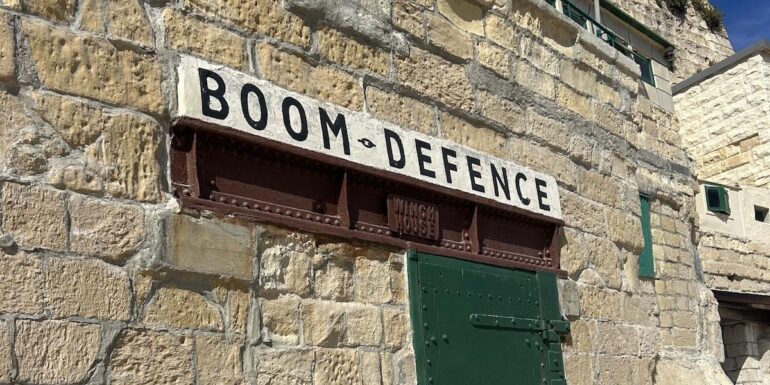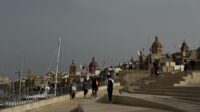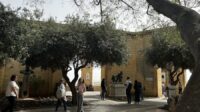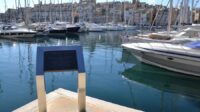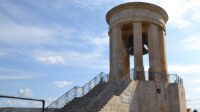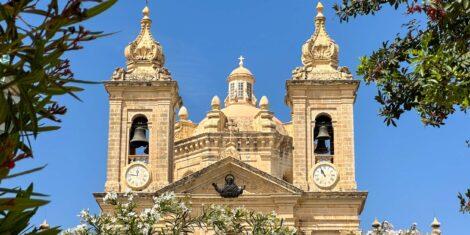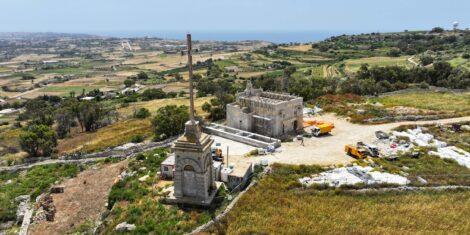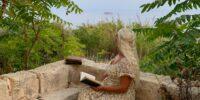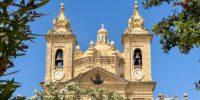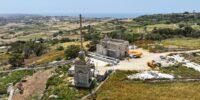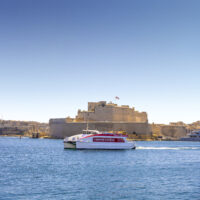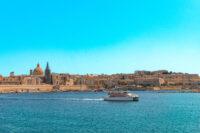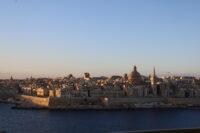Being a port between the two continents, Malta was a very important naval base for the British. Naturally, this made it a target for the Axis powers in the second world war. It was constantly bombed by both German and Italian Air Forces. In fact, Malta was the most bombed country in the war.
This mostly started in 1941. Seeing that the British were maneuvering the situation in Africa from the islands, Hitler ordered his air force to focus on Malta. This ‘Second Great Siege of Malta’ was eventually the reason why islands were awarded the George Cross. The involvement of the islands in WW2 was truly grand.
The consequences of this involvement were also great. Because of the losses that Malta suffered, there are many traces of WW2 still on the island. Here are a couple of places worth checking out if you’re into history or if you want to experience how people lived during the war.
War Memorial Floriana
The Floriana war memorial is actually not just dedicated to the deaths of the second world war but also to that of the first world war. It is located right after the beautiful main street of Floriana. The memorial can sometimes be overlooked due to it being used as a huge roundabout. But, if you actually stop to see it, Louis Naudi created a beautiful futurist sculpture that has a sure impressionable power.
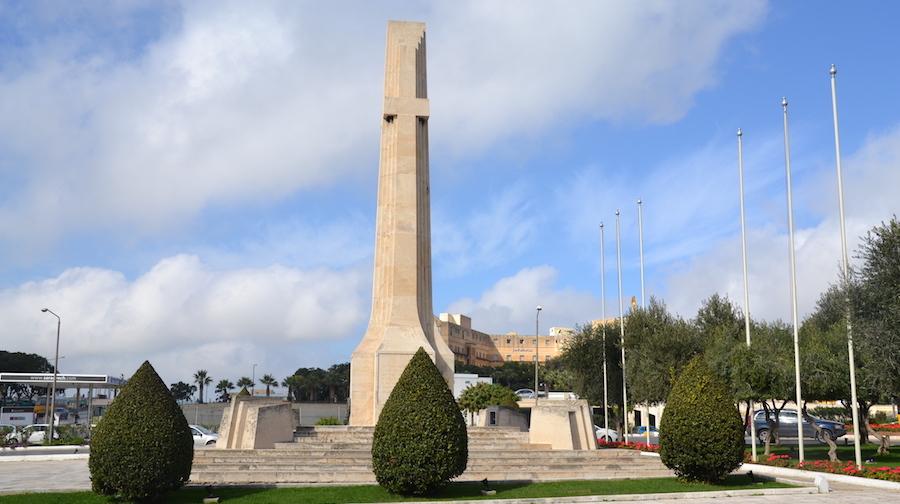
Lascaris War Rooms
Originally a command post set up by the Royal Navy and Air Force, the Lascaris war rooms are a very interesting glimpse into the ‘office work’ of control rooms during the second world war.
Lascaris is found on the southern part of Valletta. You can get there through the Grand Harbour by taking a tunnel that goes underneath Lascaris. Alternatively, you can access it from the Bastion of St. James. Today the war rooms have been turned into a museum, simulating the experience of being in these control spaces at the time of the war.
National War Museum
Located in Fort Saint Elmo, in Valletta itself, the National war museum opened in 1975. It features a collection of military relics and artifacts dating back to the Bronze age.
The ‘crown jewels’ of the museum are the WW2 collection of military arsenal, from remnants of aircrafts to captured enemy weapons. Before being a museum, the building itself was a gunpowder magazine. That means it served as a place where gunpowder and weapons were stored in the city.
Siege Bell Monument Valletta
Before we move on to somewhere outside of Valletta or Floriana, we can’t not mention the beautiful Siege Bell monument. As was mentioned before the term ‘siege’ was also historically given to the second world war. This monument was built in honor of the Maltese plight for freedom and peace.
The siege bell in itself was commemorated in 1992 by the late Queen Elizabeth the second. It can be found right next to the Lower Barrakka Gardens. Whilst you’re there, you’ll have a wonderful view of the beautiful harbor.
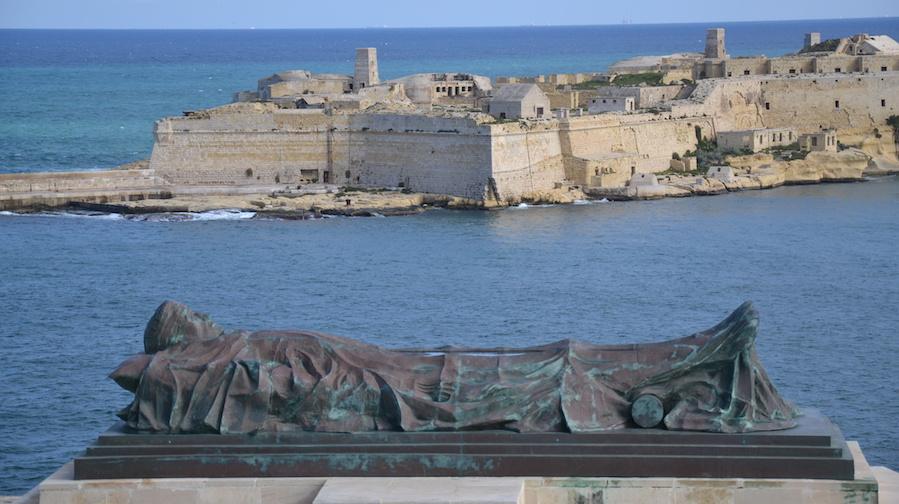
Malta at War Museum Vittoriosa
Apart from the many other amazing things to behold in the three cities, the Malta at War Museum offers a unique experience into an actual barrack block and air-raid shelter from the time.
It can be found in the Couvre Port, one side of Birgu’s beautiful fortifications. What were casemates eventually became barracks with air-raid shelters underneath. Today you can actually visit these shelters that protected the population of Birgu during the War.
The Red Tower
If you drive to one of the—literal—highest points of the country, you’ll notice a 17th century watchtower looking straight at you. This is the Marfa Tower, or the Red Tower, also known as Saint Agatha’s Tower. The tower, was reused during both the Great War and the Second Siege, when it was used by the British. After that, it was continuously used by the Malta Armed Forces, till it was turned into a museum.
It is truly a beautiful piece of local architecture. Beyond this, it overlooks one of the most beautiful views of the islands. Not to mention its striking color.
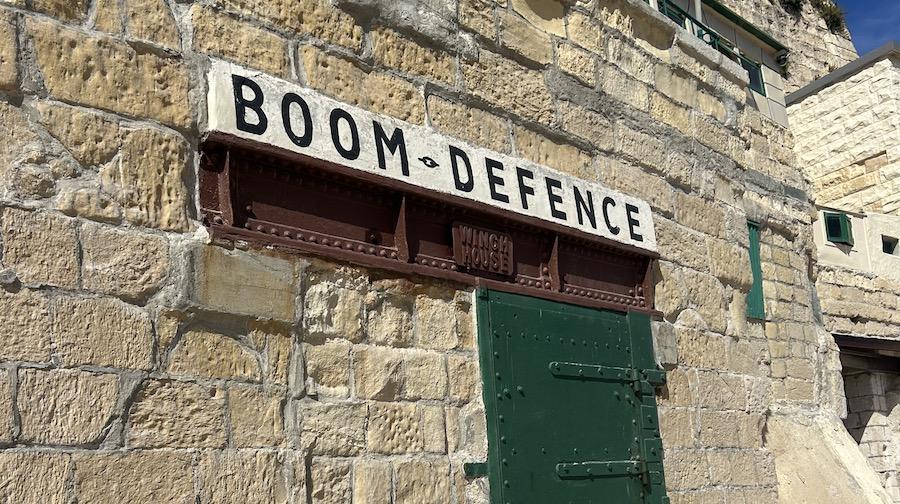
Unexploded Bomb Dome in Mosta
Another very prominent and unmissable building on the island is the church of Mosta, also known as the Mosta Dome. It’s not just a landmark, it has a great story that’s worth telling.
Inside the Mosta dome you can find a WW2 bomb replica, of a bomb that crashed through the church dome but somehow did not detonate upon impact. When this happened it is estimated that there were a good number of people inside. Since the air-raid was anticipated, the ongoing mass was interrupted and people were warned. Still, whilst most left, a considerable number stayed behind to pray.
Eventually two bombs fell but none of them exploded. Of course the slim chances of this happening made people interpret it as a miracle and so the story goes.
